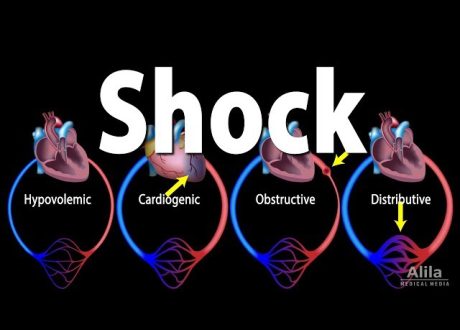 Jaqueline Betina Broenstrup Correa, Vinicius Brenner Felice, Graciele Sbruzzi, Gilberto Friedman
Jaqueline Betina Broenstrup Correa, Vinicius Brenner Felice, Graciele Sbruzzi, Gilberto Friedman
Abstract 
Background Airway management is challenging in trauma patients because of the fear of worsening cervical spinal cord damage. Video-integrated and optic-integrated devices and intubation laryngeal mask airways have been proposed as alternatives to direct laryngoscopy with the Macintosh laryngoscope (MAC). We performed a meta-analysis to clarify which devices cause less cervical movement during airway management.
Methods We searched MEDLINE, Cochrane Central, Embase and LILACS from inception to January 2022. We selected randomised controlled trials comparing alternative devices with the MAC for cervical movement from C0 to C5 in adult patients, evaluated by radiological examination. Additionally, cervical spine immobilisation (CSI) techniques were evaluated. We used the Cochrane Risk of Bias Tool to evaluate the risk of bias, and the principles of the Grading of Recommendations, Assessment, Development, and Evaluations system to assess the quality of the body of evidence.
Results Twenty-one studies (530 patients) were included. Alternative devices caused statistically significantly less cervical movement than MAC during laryngoscopy with mean differences of −3.43 (95% CI −4.93 to –1.92) at C0–C1, −3.19 (–4.04 to –2.35) at C1–C2, −1.35 (−2.19 to −0.51) at C2–C3, and −2.61 (–3.62 to –1.60) at C3–C4; and during intubation: −3.60 (–5.08 to –2.12) at C0–C1, −2.38 (−3.17 to −1.58) at C1–C2, −1.20 (–2.09 to –0.31) at C2–C3. The Airtraq and the Intubation Laryngeal Mask Airway caused statistically significant less movement than MAC restricted to some cervical segments, as well as CSI. Heterogeneity was low to moderate in most results. The quality of the body of evidence was ‘low’ and ‘very low’.
Conclusions Compared with the MAC, alternative devices caused less movement during laryngoscopy (C0–C4) and intubation (C0–C3). Due to the high risk of bias and the very low grade of evidence of the studies, further research is necessary to clarify the benefit of each device and to determine the efficacy of cervical immobilisation during airway management.










